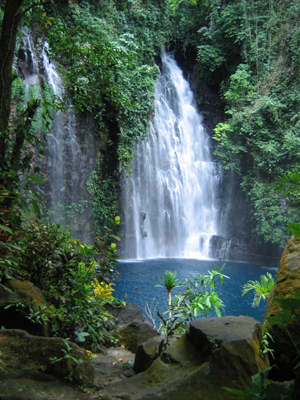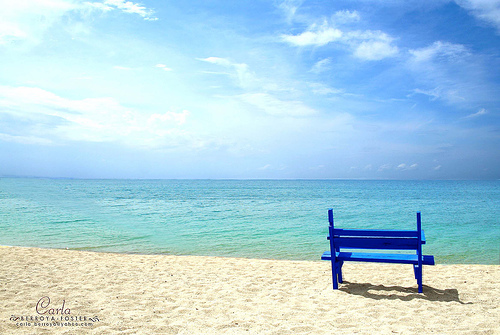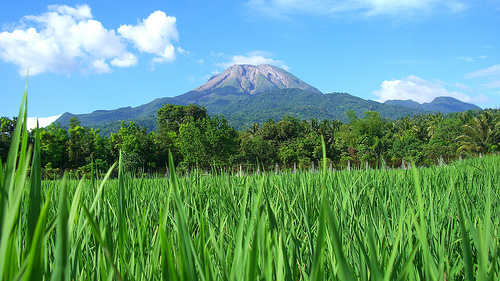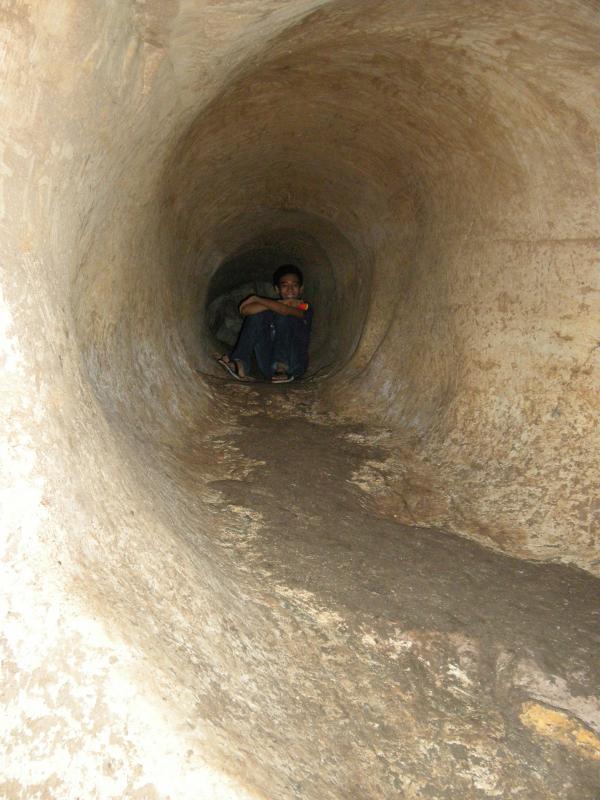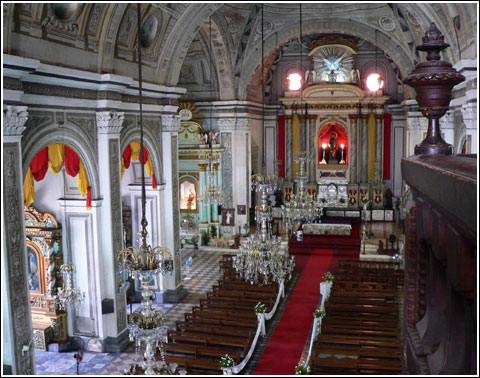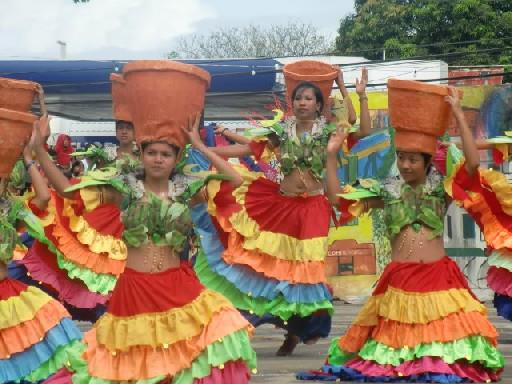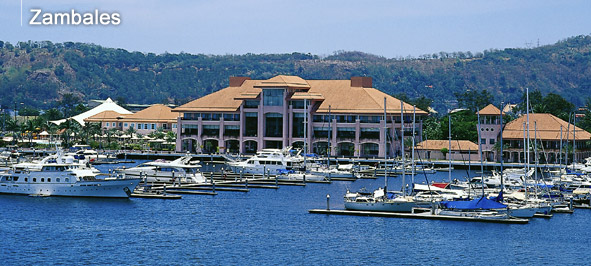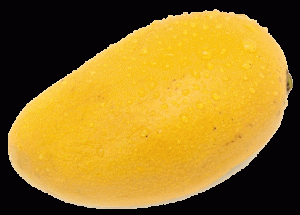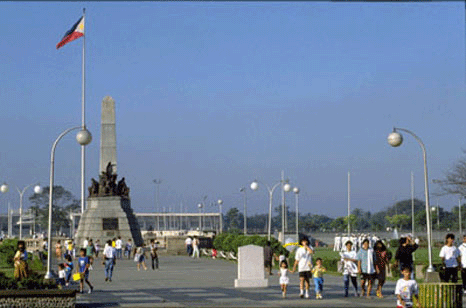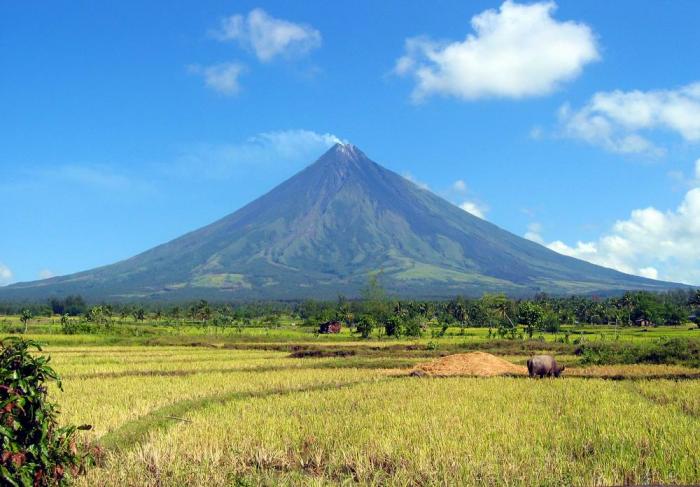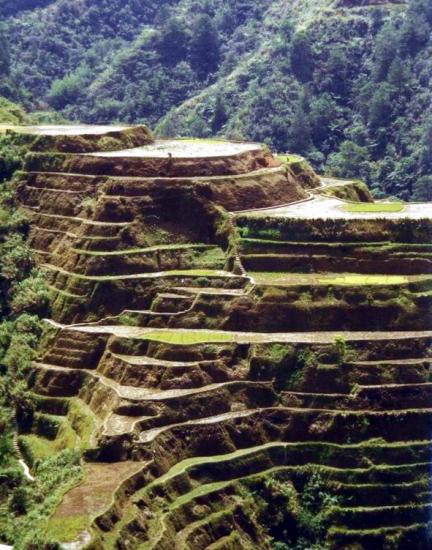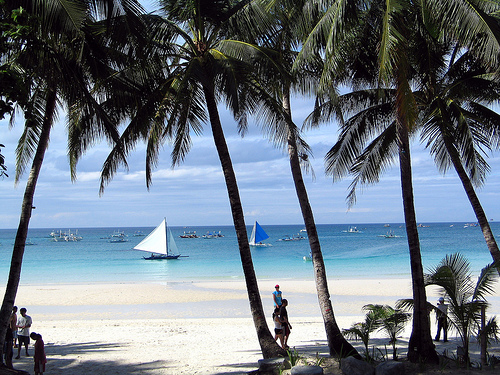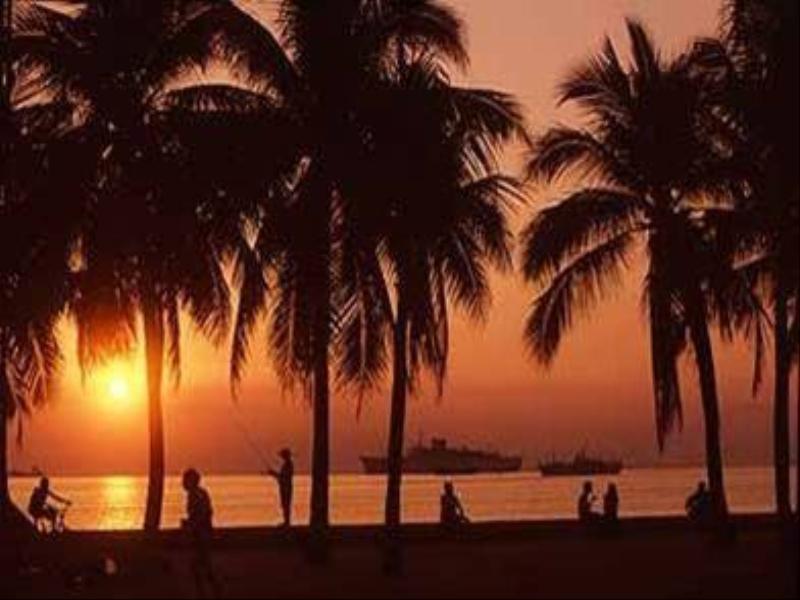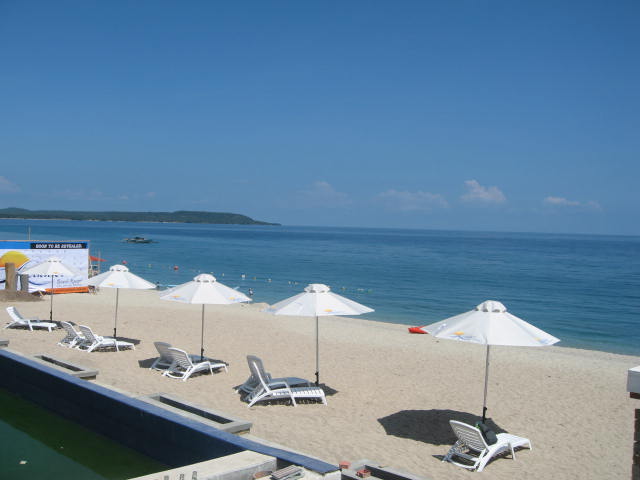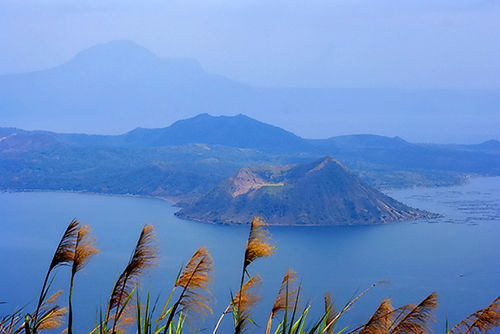ZAMBALES
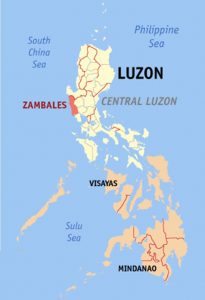 By Eugene Alvin Villar (seav) – English Wikipedia, CC BY-SA 3.0,https://commons.wikimedia.org/w/index.php?curid=767364
By Eugene Alvin Villar (seav) – English Wikipedia, CC BY-SA 3.0,https://commons.wikimedia.org/w/index.php?curid=767364
Zambales is a province of the Philippines located in the Central Luzon region. Its capital is Iba. Zambales borders Pangasinan to the north, Tarlac and Pampanga to the east, and Bataan to the south. The province lies between the South China Sea and the Zambales Mountains. The province is noted for its mangoes, which are abundant from January to April.
Mangoes from Zambales
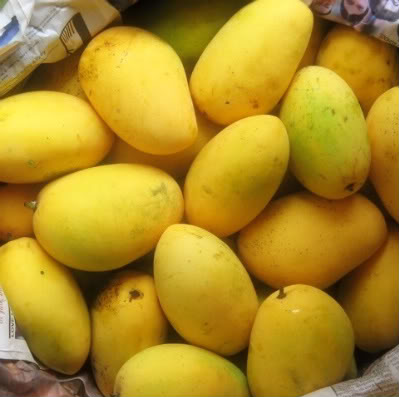 Photo from: top10philippines.blogspot.com
Photo from: top10philippines.blogspot.com
One of Zambales’ famous delights are its sweet and luscious mangoes. Known for its incomparable taste that’s also beyond description, the Dinamulag variety is the most popular among Zambales mango varieties.
It is for this reason that the Zambales Mango Festival every first week of March, with these luscious tropical fruit in the center of the festivities, draws thousands of local and foreign tourists to this province located on the western coast of Central Luzon.
But Zambales’ Mango Festival is just the initial step in preparing the province in becoming one of the prime tourism spots in the country. Recognized in 1995 by the Guinness Book of World Records for having the sweetest mangoes in the world, Zambales also has interesting sites and activities for those lured by the smell and taste of its premier tropical fruit. Read More: mb.com.ph
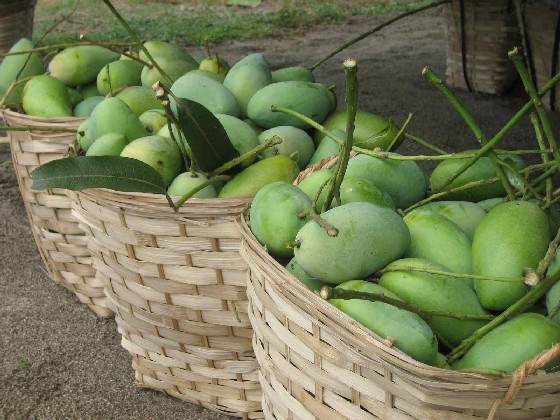 Photo from: nodoors.blogspot.com
Photo from: nodoors.blogspot.com
Mirror, mirror on the wall. Which is the sweetest Philippine carabao mango of them all?
Until three years ago, this question elicited varied answers from mango-producing regions of the country.
To the Guimaranons (the people of the island-province of Guimaras, where the number of mango trees is about equal that of its human inhabitants: some 160,000), it’s their much-ballyhooed Talaban and Frosco varieties.
To those in the Ilocos Region, it’s the MMSU Gold (MMSU stands for Mariano Marcos State University, a multi-campus tertiary institution in Ilocos Norte whose seat of administration is the main campus in Batac town).
The Zambaleños (Zambales folk) would stand and bandy about their Sweet Elena and Lamao.
Other provinces such as Pangasinan and Iloilo also take pride in their luscious mango varieties.
Not long ago, this writer bumped into Dr. Hernani Golez, former director of the Department of Agriculture-Bureau of Plant Industry (DA-BPI) and head of the BPI National Mango Research and Development Center (NMHDC) in Jordan, Guimaras.
We told him about our “confusion” as to what carabao mango variety is really the sweetest. Why not a contest, with a panel to resolve the issue? We suggested. This writer has tasted the mangoes of Guimaras as he had in a number of times visited this once subprovince of Iloilo situated south of Panay Island.
The Guimaras mango is really sweet, and former Guimaras Gov. Emily Lopez continues to promote it internationally (she was reported to have recently gifted Pope Benedict XVI carabao mango from her idyllic island-province, which unfortunately, suffered the adverse consequences of a recent oil spill).
Once, too, we chanced upon a friend, Dr. Feliciano Rosete, president of the Ramon Magsaysay Technological University (RMTU), a multi-campus school in Zambales. When our conversation strayed to which mango variety in the Philippines is the sweetest, he said right away that it is the Sweet Elena of Zambales. Our friends in other mango-producing provinces were not to be outdone.
Until three years ago when DA-RPI set out (we missed this one) to settle the issue.
And the winner is: Sweet Elena.
For the past three consecutive years, Sweet Elena was regarded as “the sweetest and biggest mango in the Philippines,” according to DA-BPI, as reported by Rita T. dela Cruz of the DA-Burea of Agricultural Research (BAR).
Dubbed by BPI as “the sweetest of the sweetest,” Sweet Elena is a new new strain of carabao mango that originated in the Zambales town of Sta. Cruz.
Two researchers of RMTU (San Marcelino campus), Dr. Ester Mariñas and Prof. Remedios Lim, discovered and identified the variety owned by Mrs. Ponida Mosolina Malabed. A comparative study done indicated that Sweet Elena is superior over other four leading mango varieties: Guimaras’s Talaban and Fresco, the Ilocos Region’s MMSU Gold, and Zambales’s Lamao.
“Sweet Elena is superior in terms of weight, sweetness, soluble solids, edibility of flesh, and physical appearance,” wrote dela Cruz. The “pride of Zambales” was registered with the National Seed Industry Council (NSIC) on Oct. 18, 2002. The certificate of registration was awarded to Mrs. Malabed by then Agriculture Secretary Luis Lorenzo during the 2003 Mango Forum.
The study on Sweet Elena was conducted for three years in coordination with BPI. Today, 1.5 hectares are planted to Sweet Elena at the RMTU San Marcelino campus to maintain a source of quality planting materials. Moreover, some 1,000 seedlings are being grown at the Department of Environment and Natural Resources-Parks and Wildlife Bureau-Dizon Botanic Fruit Garden at the Ninoy Aquino Wildlife Parks in Diliman, Quezon City.
“These seedlings are pest- and disease-resistant with superior fruiting quality,” Dela Cruz wrote. As part of the government’s efforts to maintain a bone bank of Sweet Elena, DA-BAR is funding a project titled “Establishment of Scion Grove and Germplasm Production of Mango (Sweet Elena)” in collaboration with the Zambales local government units and farmer-stakeholders.
Also involved in the project is the Central Luzon Integrated Agricultural Research Center (CLIARC), with the Zambales Provincial Agriculture Office (PAO) and Palauig Municipal Agriculture Office (MAO) as implementing agencies. Started in January 2005, the project is to be completed in December 2008.
BAR director Nicomedes P. Eleazar said the project aims to establish a scion grove produce 2,000-5,000 grafted Sweet Elena seedlings, establish one to two nurseries for propagation of Sweet Elena grafted seedlings; and promote it through propagation of grafted seedlings and participation in trade fairs. – htnewsflash.org
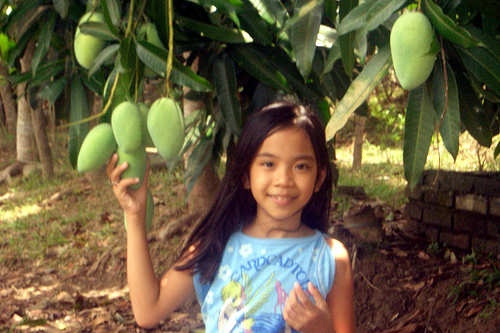 Photo from: dipity.com
Photo from: dipity.com
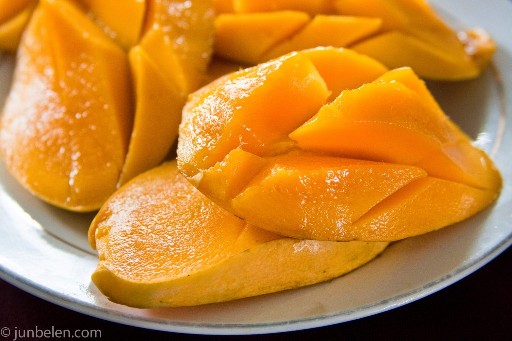 Photo from: blog.junbelen.com
Photo from: blog.junbelen.com
Geography
Zambales lies on the western shores of Luzon island along the West Philippine Sea. Its shoreline is very ragged, and features many coves and inlets. The Zambales Mountains, the mountain range on the eastern part of the province occupies about 60% of its total land area. Subic Bay, in the southern end of the province, provides a natural harbor, and was chosen as the location of the U.S. Naval Base Subic Bay.
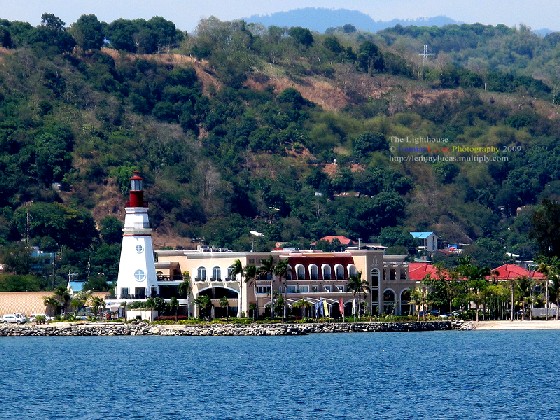 Photo from: lemjaylucas.multiply.com
Photo from: lemjaylucas.multiply.com
The peak of Mount Pinatubo lies near the tripoint of Zambales, Pampanga, and Tarlac provinces.This volcano, once considered dormant, erupted violently in 1991 blowing off its summit, leaving a caldera (now filled with Lake Pinatubo), on the mountains of Botolan, Zambales. A vast portion of the province acquired desert-like features after being buried by more than 20 feet (6.1 m) deep of lahar.
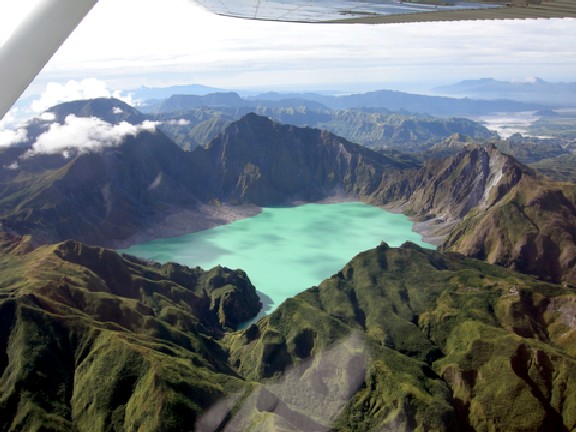 Photo from: tonetcarlo.wordpress.com
Photo from: tonetcarlo.wordpress.com
Climate
Zambales has two pronounced seasons: dry from October to June, and wet from July to September.
Respect for elders is still observed. Town fiestas honoring patron saints are practiced in each parish, and Zambaleños are very accommodating when it comes to feasts.
Sambal, Tagalog, and Ilocano are the three main languages of Zambales. Ilocano has 115,337 native speakers, Sambal has 114,637, and Tagalog has 250,637 (plus 24,995 non-native speakers).[5] 119,126 spoke other languages as their mother tongue, such as Kapampangan, including non-Philippine languages such as English.[5] About 75 percent of the population speaks and understands English to varying degrees of fluency, and road signs are written in that language.
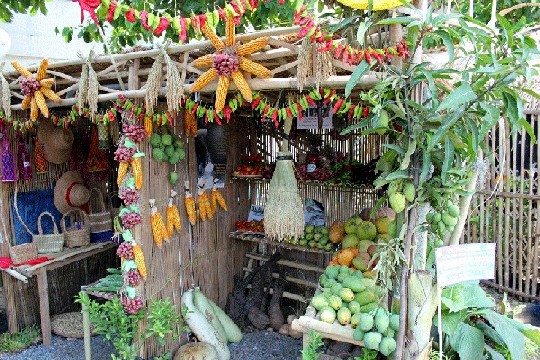 Photo from: kanoilander.com
Photo from: kanoilander.com
Source: wikipedia.org
TABLE OF CONTENTS
Zambales is Found in Region III in Central Luzon
The Sweet Mango Province of Zambales
Interesting Places in Zambales
Colorful Festivals in Zambales
Other Visitors Also Viewed:
Enjoy a Sparkling Swim at the Paradise Island Park and Beach Resort
Aguacan Cold Spring in Compostela Valley
Pandayan Festival – Showing Off Ilonggo’s Blacksmith Expertise
Solili Festival is the Celebration of the Day of Siquijor
Wonderful Beaches and Resorts in Bataan
Tongatoc Cove Offers a Breath-Taking View
Itbog Twin Falls Offer Double Fun and Enjoyment
Paadjao Falls – 15 Feet of Cascading Water for a Refreshing Enjoyment

